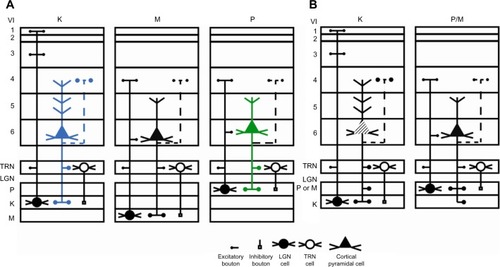Figures & data
Figure 1 Photomicrographs of two iontophoretic BDA injection sites.
Abbreviations: BDA, biotinylated dextran; D, dorsal; K, koniocellular; L, lateral; LGN, lateral geniculate nucleus; Mc, contralateral magnocellular; Mi, ipsilateral magnocellular; P, posterior; Pc, contralateral parvocellular; Pi, ipsilateral parvocellular; V1, primary visual cortex.
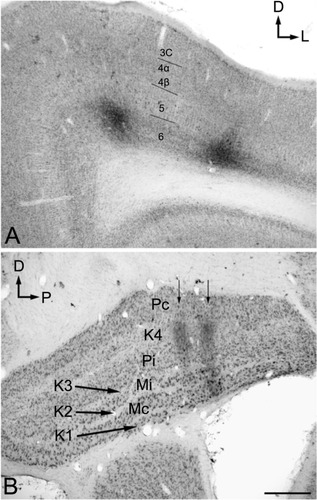
Figure 2 High power photomicrographs of boutons labeled after injections into V1 that filled a small number of layer 6 cells.
Abbreviations: LGN, lateral geniculate nucleus; TRN, thalamic reticular nucleus.
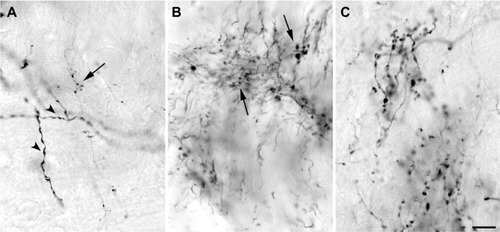
Figure 3 High power photomicrographs of axons within the LGN.
Abbreviations: K, koniocellular; LGN, lateral geniculate nucleus; M, magnocellular; P, parvocellular.
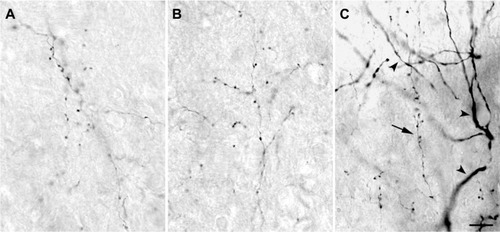
Figure 4 Reconstructions showing corticogeniculate axon branching patterns in the M LGN layers.
Abbreviations: K, koniocellular; LGN, lateral geniculate nucleus; M, magnocellular; Mc, contralateral magnocellular; Mi, ipsilateral magnocellular; Pc, contralateral parvocellular; Pi, ipsilateral parvocellular.
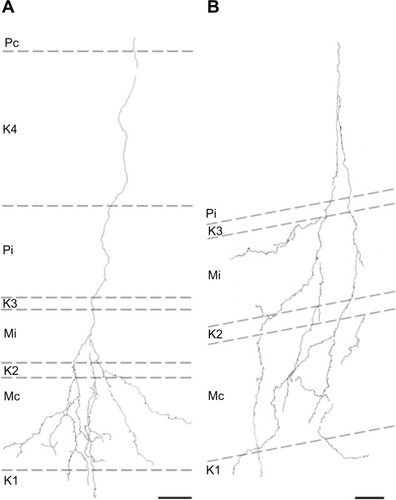
Figure 5 Schematic diagrams summarizing the branching patterns of corticogeniculate axons.
Abbreviations: K, koniocellular;
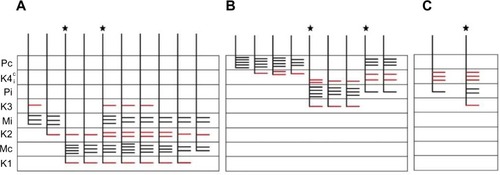
Figure 6 Reconstructions showing corticogeniculate axon branching patterns in the P layers.
Abbreviations: K, koniocellular; P, parvocellular; Pc, contralateral parvocellular; Pi, ipsilateral parvocellular.
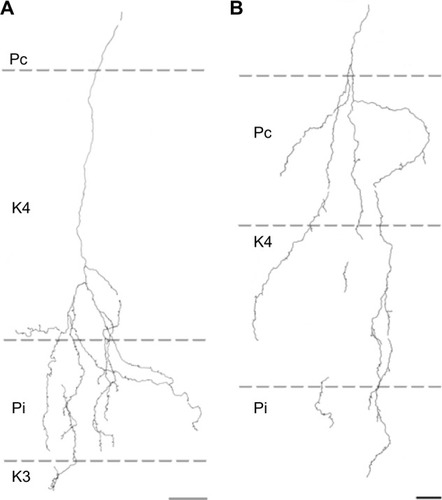
Figure 7 Reconstruction of a corticogeniculate axon that innervated primarily K layers with branches in K4 and K3 as well as the ipsilateral P layer.
Abbreviations: K, koniocellular; P, parvocellular; Pc, contralateral parvocellular; Pi, ipsilateral parvocellular.
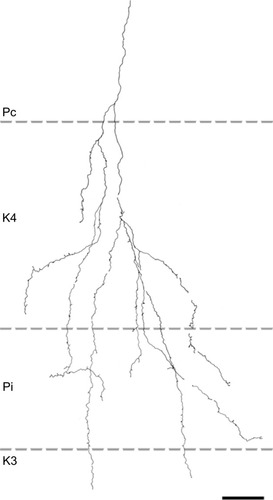
Figure 8 Electron micrographs of BDA-labeled corticogeniculate terminals in the LGN.
Abbreviations: BDA, biotinylated dextran; K, koniocellular; LGN, lateral geniculate nucleus; M, magnocellular; P, parvocellular; GABA, γ-Aminobutyric acid.
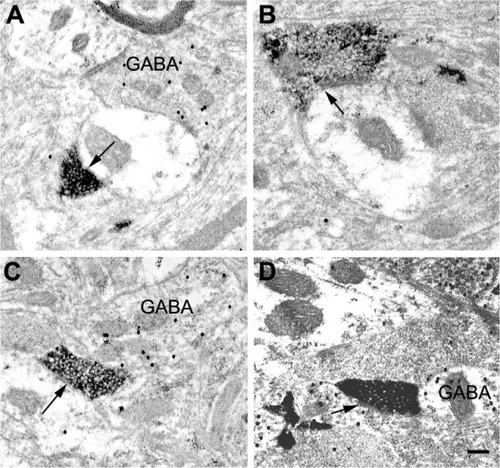
Figure 9 Photomicrographs of an iontophoretic injection in the LGN and the same section Nissl stained to reveal the LGN layers.
Abbreviations: A, anterior; D, dorsal; K, koniocellular; LGN, lateral geniculate nucleus; M, magnocellular; Mc, contralateral magnocellular; Mi, ipsilateral magnocellular; Pc, contralateral parvocellular; Pi, ipsilateral parvocellular.
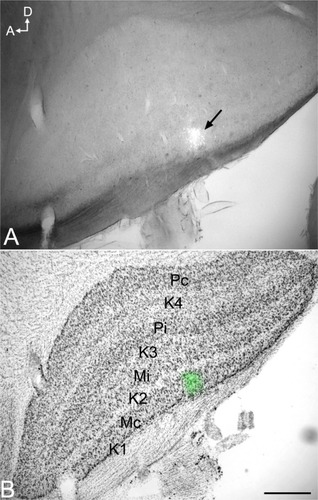
Figure 10 Photomicrographs of an intracellularly filled cell in layer 6 of the primary visual cortex.
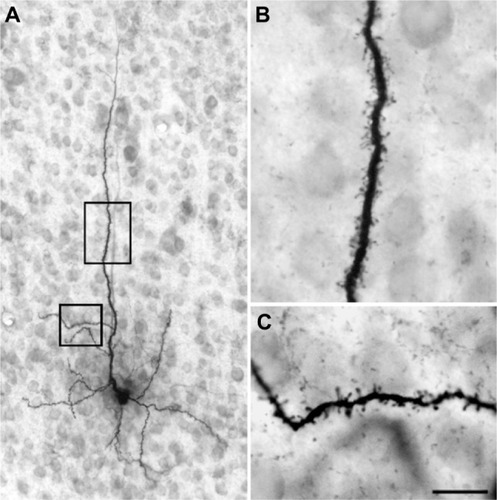
Figure 11 Reconstruction of a corticogeniculate cell that was labeled following an injection into the M layers of the LGN.
Abbreviations: A, anterior; D, dorsal; K, koniocellular; LGN, lateral geniculate nucleus; M, magnocellular; P, parvocellular; WM, white matter.
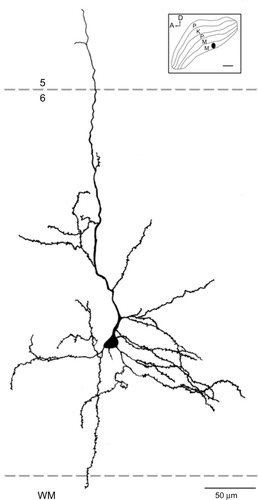
Figure 12 Reconstruction of a corticogeniculate cell that was labeled following an injection into the P layers of the LGN.
Abbreviations: A, anterior; D, dorsal; K, koniocellular; LGN, lateral geniculate nucleus; M, magnocellular; P, parvocellular; WM, white matter.
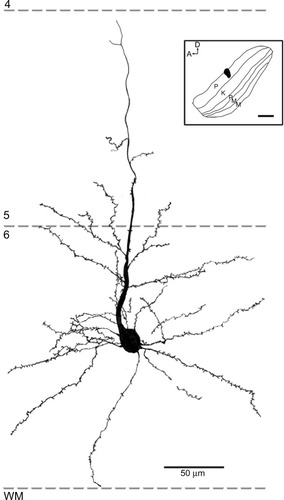
Figure 13 Reconstruction of a corticogeniculate cell that was labeled following an injection into the K layers of the LGN.
Abbreviations: A, anterior; D, dorsal; K, koniocellular; LGN, lateral geniculate nucleus; M, magnocellular; P, parvocellular.
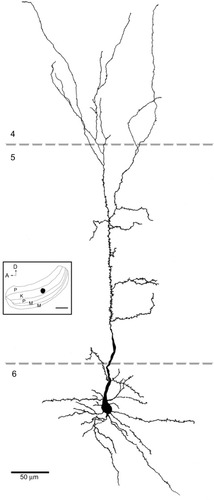
Figure 14 Schematic diagram summarizing the dendritic arborizations of all filled and reconstructed cells.
Abbreviations: K, koniocellular; LGN, lateral geniculate nucleus; M, magnocellular; P, parvocellular.
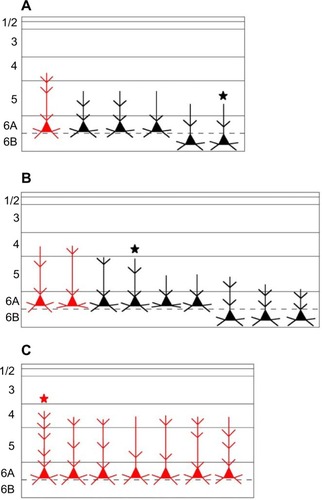
Figure 15 Distributions of corticogeniculate cell dendrites.
Abbreviations: K, koniocellular; LGN, lateral geniculate nucleus; M, magnocellular; P, parvocellular.
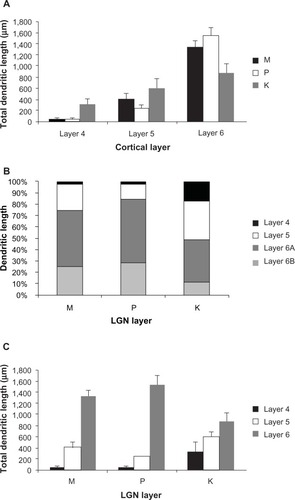
Figure 16 Schematic diagram summarizing two interpretations of the main corticogeniculate pathways in primates.
Abbreviations: K, koniocellular; LGN, lateral geniculate nucleus; M, magnocellular; P, parvocellular; TRN, thalamic reticular nucleus; V1, primary visual cortex.
